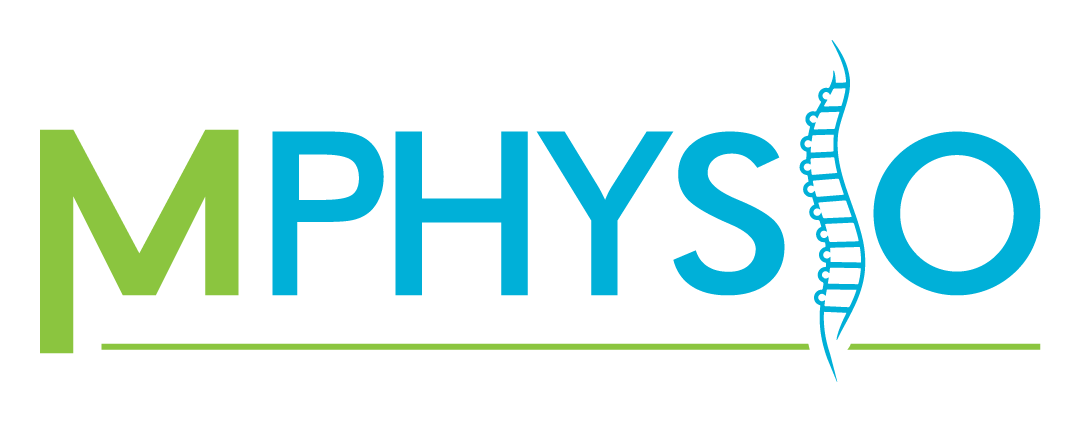Blog, Physiotherapy, Posture
Scapular Control: The Overlooked Key to Shoulder Health

When it comes to shoulder pain, most people focus on the joint itself.
But there’s an often-missed player in shoulder function and dysfunction: your scapula. More specifically, scapular control.
I’m Kevin Go, a physiotherapist who helps people get to the root of persistent aches, pains, and injuries.
In clinic, I often see shoulder issues that stem not from the rotator cuff or shoulder joint, but from poor scapular control.
Why the Scapula Matters
Your scapula, or shoulder blade, acts as the foundation for all upper limb movement. It supports the rotator cuff, connects your arm to your trunk, and helps coordinate smooth, pain-free movement.
When scapular control is lacking, whether due to poor posture, muscle imbalances, or previous injury, your shoulder becomes vulnerable to pain, strain, and limited function.
What Happens with Poor Scapular Control?
Without proper scapular control, your shoulder mechanics can go off track.
You might notice:
- Shoulder impingement or pinching when lifting overhead
- Neck and upper back tension
- Decreased strength during pushing or pulling movements
- A “winging” scapula that lifts off your ribcage when moving your arm
Over time, poor scapular control can lead to overuse injuries, chronic pain, and even increased risk of rotator cuff tears.
How to Improve It
Good news: with the right approach, scapular control can be retrained.
Physiotherapy focuses on strengthening key muscles like the lower traps, serratus anterior, and rhomboids, while also addressing posture and movement habits.
Some simple ways to get started include:
- Postural corrections when sitting or using devices
- Targeted scapular stability exercises (e.g., wall slides, scapula retractions)
- Working with a physio to assess your specific control deficits
The Bottom Line
Don’t overlook the role of the shoulder blade.
If you’re struggling with shoulder discomfort or limited range, your first step might not be where it hurts, but how your scapula moves.
Prioritising scapular control is a small change that can lead to lasting results.
 |
Written By:
Bachelor of Physiotherapy |
References
Kibler, B.W., Sciascia, A. and Wilkes, T. (2012) ‘Scapular dyskinesis and its relation to shoulder injury’, Journal of the American Academy of Orthopaedic Surgeons, 20(6), pp. 364–372. doi:10.5435/jaaos-20-06-364.
Kibler, W.B. and Sciascia, A. (2009) ‘Current concepts: Scapular dyskinesis’, British Journal of Sports Medicine, 44(5), pp. 300–305. doi:10.1136/bjsm.2009.058834.
Nodehi Moghadam, A. et al. (2017) ‘The effectiveness of exercise therapy on scapular position and motion in individuals with Scapular DYSKINESIS: Systematic review protocol’, JMIR Research Protocols, 6(12). doi:10.2196/resprot.8011.
Nodehi Moghadam, A. et al. (2020) ‘Exercise therapy may affect scapular position and motion in individuals with Scapular dyskinesis: A systematic review of Clinical Trials’, Journal of Shoulder and Elbow Surgery, 29(1). doi:10.1016/j.jse.2019.05.037.


